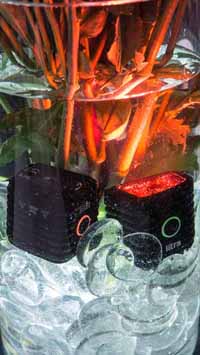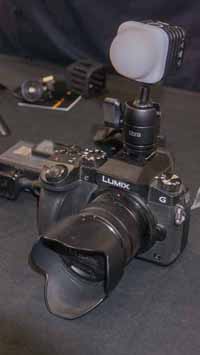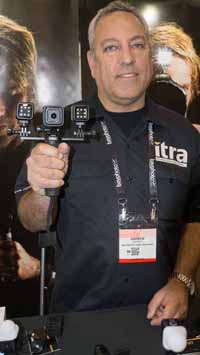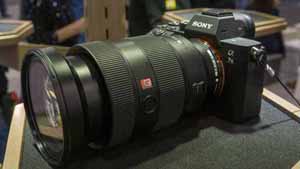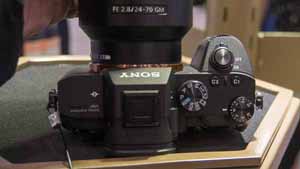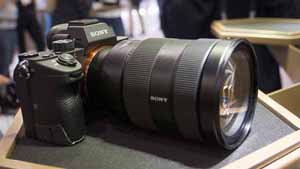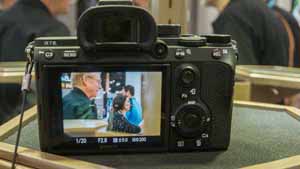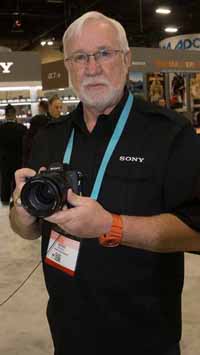Online Magazine
Recent Posts
- Safeguard your Cellphone Photos
- Black & White to Color – Instantly
- Wearing Many Hats
- Video Roundup
- Rescuing Your Blurry Pictures
- Showing Their Age
- What is Your Angle?
- Panorama Photos
- Humorous Photos
- Close Ups
- Fisheye Pictures
- Photo Antiquities
- Printing Big
- Appreciating Scale
- Celebrity Sightings
Tags
More Places to Go
- Free "How-To" Books “How To” books for popular cameras 0
- Vist Us on Facebook keep in touch with us on Facebook 2
Archives
- July 2023 (1)
- March 2023 (2)
- February 2023 (1)
- December 2022 (1)
- October 2022 (1)
- September 2022 (8)
- August 2022 (9)
- July 2022 (1)
- June 2022 (1)
- June 2021 (1)
- May 2021 (1)
- March 2021 (5)
- February 2021 (4)
- January 2021 (2)
- April 2019 (1)
- March 2019 (1)
- February 2019 (1)
- October 2018 (2)
- April 2018 (1)
- March 2018 (4)
- February 2018 (1)
- November 2017 (1)
- August 2017 (1)
- June 2017 (1)
- April 2017 (1)
- March 2017 (5)
- February 2017 (2)
- January 2017 (1)
- October 2016 (1)
- September 2016 (1)
- August 2016 (1)
- July 2016 (1)
- May 2016 (1)
- April 2016 (1)
- March 2016 (2)
- February 2016 (1)
- January 2016 (2)
- December 2015 (1)
- November 2015 (1)
- October 2015 (3)
- April 2015 (1)
- March 2015 (5)
- February 2015 (1)
- January 2015 (4)
- December 2014 (2)
- November 2014 (5)
- October 2014 (2)
- September 2014 (1)
- August 2014 (2)
- July 2014 (1)
- May 2014 (1)
- April 2014 (5)
- March 2014 (5)
- December 2013 (2)
- November 2013 (18)
- October 2013 (1)
- September 2013 (1)
- August 2013 (1)
- July 2013 (1)
- June 2013 (3)
- May 2013 (1)
- April 2013 (2)
- March 2013 (1)
- February 2013 (1)
- January 2013 (1)
- December 2012 (1)
- November 2012 (2)
- October 2012 (2)
- September 2012 (5)
- August 2012 (2)
- July 2012 (1)
- June 2012 (1)
- May 2012 (1)
- April 2012 (4)
- March 2012 (1)
- February 2012 (1)
- January 2012 (3)
- December 2011 (1)
- November 2011 (3)
- October 2011 (1)
- September 2011 (2)
- August 2011 (2)
- June 2011 (3)
- May 2011 (4)
- April 2011 (8)
- March 2011 (8)
- February 2011 (10)
- January 2011 (6)
- December 2010 (11)
- November 2010 (14)
- October 2010 (6)
- September 2010 (12)
- August 2010 (2)
- July 2010 (4)
- June 2010 (3)
- May 2010 (1)
- April 2010 (1)
- March 2010 (2)
- February 2010 (1)
- January 2010 (1)
- December 2009 (1)
- November 2009 (2)
- October 2009 (2)
- September 2009 (1)
- August 2009 (3)
- July 2009 (2)
- June 2009 (1)
- May 2009 (2)
- April 2009 (1)
- March 2009 (2)
- February 2009 (1)
- January 2009 (3)
Fuji Instax Cameras
29th March 2018
Instant Cameras on the Comeback Trail
|
|
||
| When I was growing up, Polaroid instant print cameras were very popular.
After I bought my first SLR, my next purchase was the $19.95 Polaroid Swinger. The size of a small loaf of bread, the Swinger produced small black and white prints (about 2″ x 3″) in a mere 60 seconds. Instead of spending hours in the darkroom to see the results of my picturetaking, the Swinger provided me the instant gratification that today’s digital devices now deliver. Before I knew it, I had several Polaroids in my stable of cameras including the OneStep as you see on the right. This model popularized the square 3′ x 3″ format prints in both black and white and color. For many reasons by the start of the year 2000, the Polaroid Corporation was on a downhill slide and its bankruptcy claimed their instant cameras and film as a casualty. |
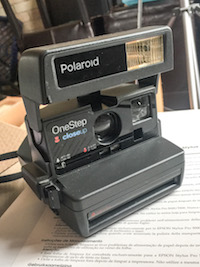 |
|
|
|
||
| At about this same time, Fuji was developing their Instax line. Fuji has since introduced a series of cameras that are tailored to multiple markets. Various models of the Instax are available in many different sizes and dozens of bright colors as you can see below. They include models for children, teenagers and millenials. I had a chance to see many of these models and displays at this year’s annual Wedding & Portrait Professional International Convention and Expo where I learned about Fuji’s continuing commitment to instant photography.
 Instax film is available in several different sizes and with colorful borders. The board on the right shows a set of instant prints that might be displayed for an engagement – in real time. |
 |
|
|
|
||
Instax Square SQ10
The Fuji rep showed me one of their new models. It’s called the Instax SQ10 and Fuji dubs this an instant print camera with digital features. As its name suggests, the prints are about 2-1/2″ x 2-1/2″ square. The SQ10 has a digital sensor so it can capture images to a microSD card. You can edit and or enhance the images using the builtin LCD monitor. The SQ10 has 10 builtin filters and adjustments for brightness and vignette. Lastly you can immediately print one or more copies. The SQ10 has a fairly fast f/2.4 aperture with autofocus, a builtin flash, a self-timer and automatic ISO setting from 100 to 1600. The film is packaged for 10 exposures. The suggested price is about $230 and film about $12 per pack. For more information please visit Instax Square SQ10. |
 |
|
|
|
||
Instax Share SP-3
The rep also demonstrated the Share SP-3. This is a small, portable printer that uses the same square film as the SQ10. The app offers several ways to customize the prints. There are adjustments for brightness and contrast, color and special effect filters, conversion to black and white and multiple ways to combine two, three, four or nine images on a single print. Additionally the time, date and location can be added to the print. The SP-3 also lets you print images from a Facebook, Instagram, Flickr and Google Photo account so you can share prints with others. The suggested price of the SP-3 is about $180. It uses the same film as the SQ10 costing about $12 per pack. For more information, please visit Instax Share SP-3. |
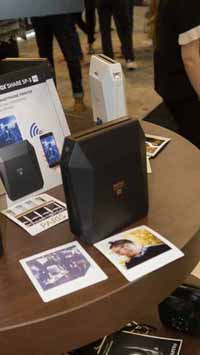 |
|
|
|
||
Written by: Arnie Lee
The Litra Torch
28th March 2018
Tiny LED Lighting
The Torch is an accessory that you can literally carry around in your pocket to provide a convenient light source. Suggested price is $80 and includes the diffuser, belt clip, GoPro mount, USB charging cable.
For more information please visit Litra.
Written by: Arnie Lee
Sony Alpha 7 III
23rd March 2018
The Newest High Performance Mirrorless
The A7 III is on target for release about mid-April. The suggested price is $2200 with a 28-70mm lens. For more information and detailed specifications, please visit Sony A7 III.
For more information about the upcoming Sigma lenses, please visit Sigma.
After my hands-on test and after talking to the Sony rep David Rhodes, I’ve decided to pre-order the A7 III. The two features that pushed my decision are the speedy and more accurate autofocus, the 10 fps shooting capability and the availability of a larger selection of lenses. I look forward to its arrival – I’m told in a couple of weeks. Hopefully, I’ll have a review of the new equipment in the near future.
Note from April 10, 2018: I just received delivery of the A7 III that I preordered a couple of weeks ago. I hope to have a review shortly.
Written by: Arnie Lee
